Herbal Encyclopedia
Explore detailed knowledge and medicinal values for 15 common herbs, from ginseng to ginkgo, letting each herb achieve its best medicinal effect
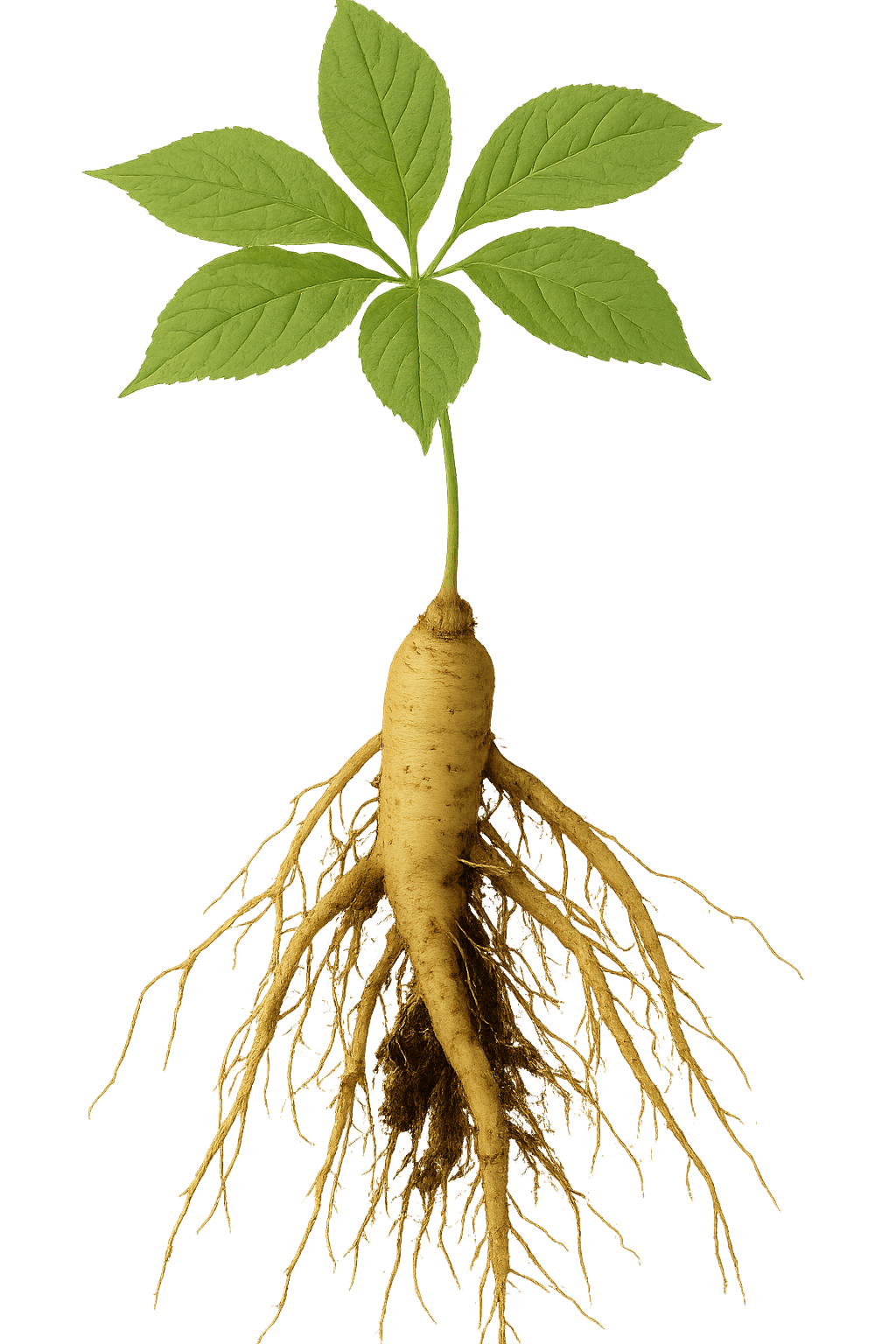
Panax ginseng
Ginseng is a precious traditional Chinese medicinal herb, known as the 'King of Herbs', with effects of greatly tonifying vital energy, restoring pulse, tonifying spleen and lung, generating body fluid, nourishing blood, and calming the mind. Mainly distributed in Northeast China and Korea, it is one of the most important tonic herbs in traditional Chinese medicine.

Lycium barbarum
Goji berry is a precious tonic Chinese medicinal herb, known as the longevity fruit, with effects of nourishing liver and kidney, benefiting essence and improving vision, nourishing blood and calming the mind. Mainly distributed in Ningxia, Qinghai, and Gansu of China, it is one of the most important tonic herbs in traditional Chinese medicine.
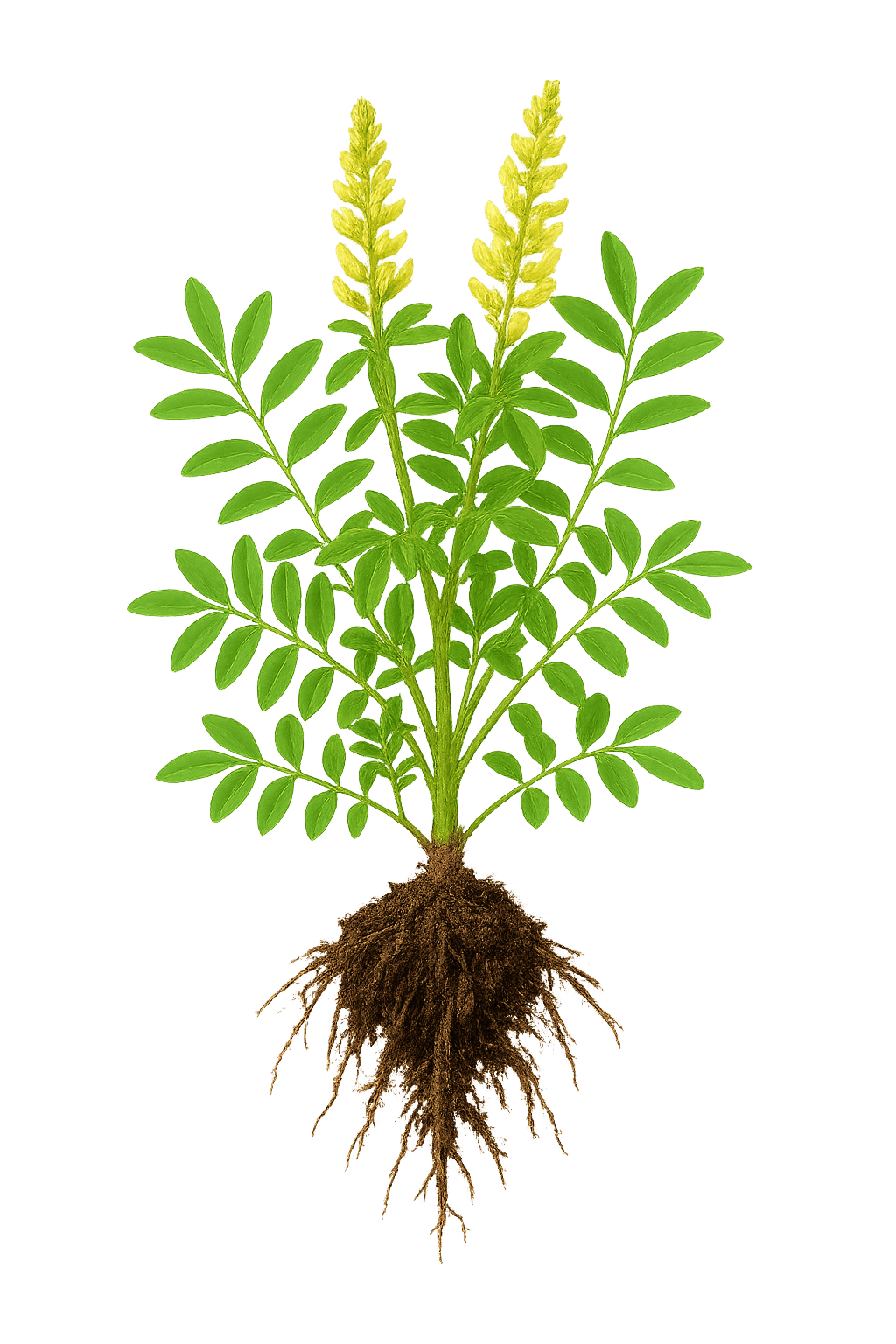
Astragalus membranaceus
Astragalus is a commonly used qi-tonifying Chinese medicinal herb, known as the best qi tonic, with effects of tonifying qi and raising yang, consolidating exterior and stopping sweating, promoting urination and reducing edema, expelling toxins and draining pus. Mainly distributed in Inner Mongolia, Shanxi, and Gansu of China, it is one of the most important qi-tonifying herbs in traditional Chinese medicine.
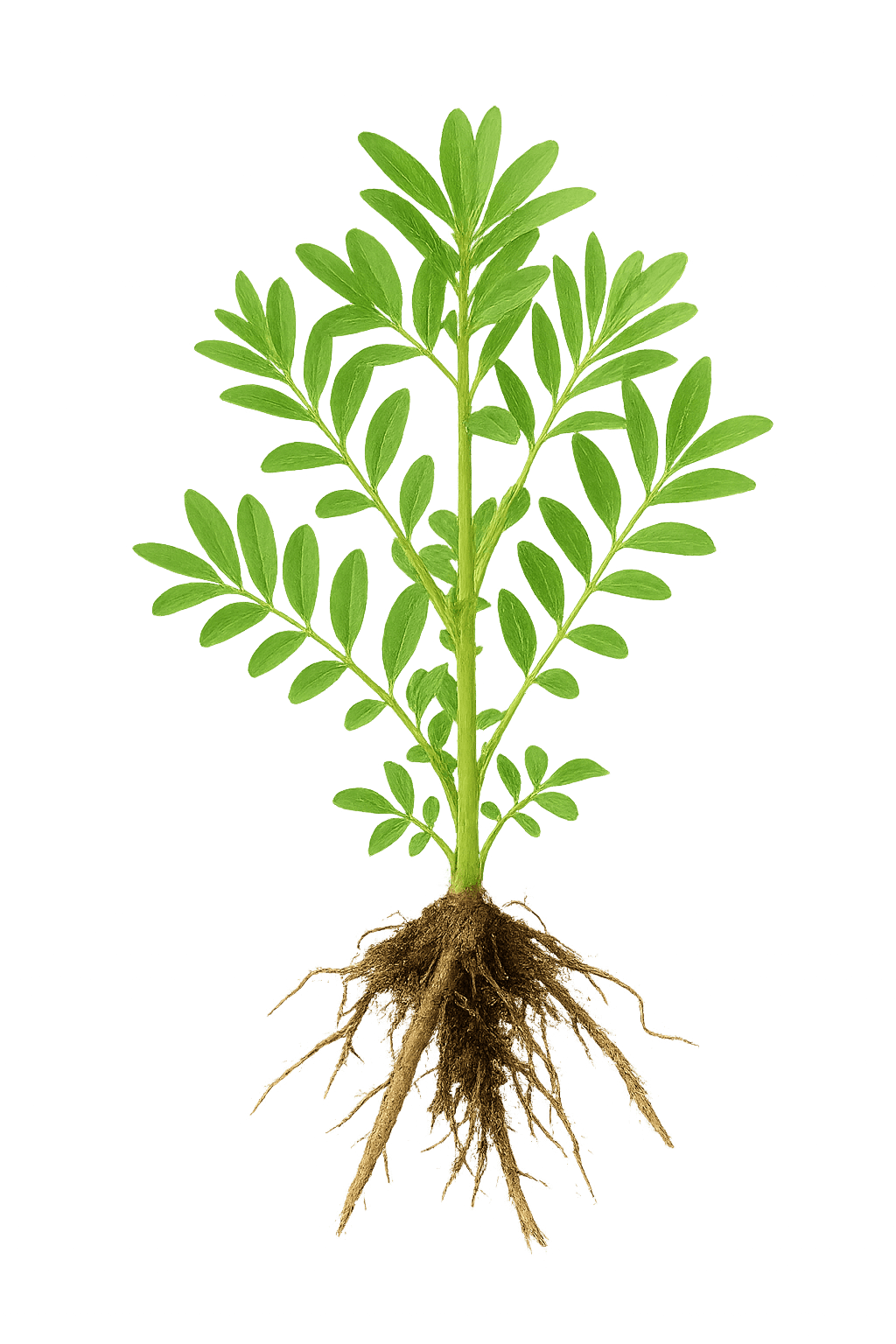
Glycyrrhiza uralensis
Licorice is a commonly used tonic Chinese medicinal herb, known as the 'Elder Statesman of Herbs', with effects of tonifying spleen and qi, clearing heat and detoxifying, expelling phlegm and relieving cough, moderating and relieving pain, and harmonizing other herbs. Mainly distributed in Xinjiang, Gansu, and Inner Mongolia of China, it is one of the most widely used herbs in traditional Chinese medicine.
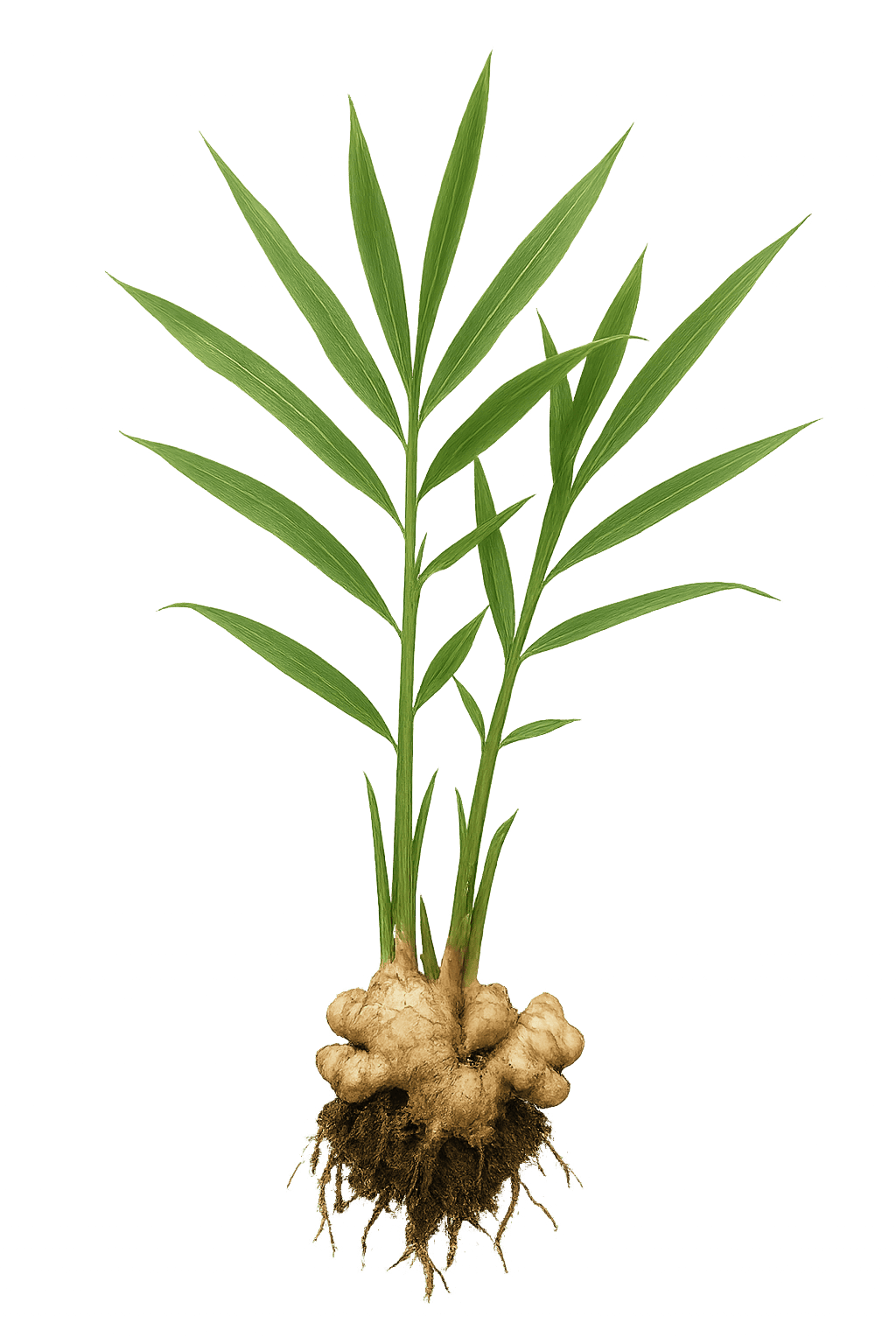
Zingiber officinale
Ginger is a commonly used exterior-releasing Chinese medicinal herb, known as the 'Sacred Medicine for Vomiting', with effects of inducing sweating and releasing exterior, warming the middle and stopping vomiting, warming the lung and relieving cough. Originating from tropical Southeast Asia, now widely cultivated throughout China, it is one of the most commonly used medicinal and edible herbs in traditional Chinese medicine.
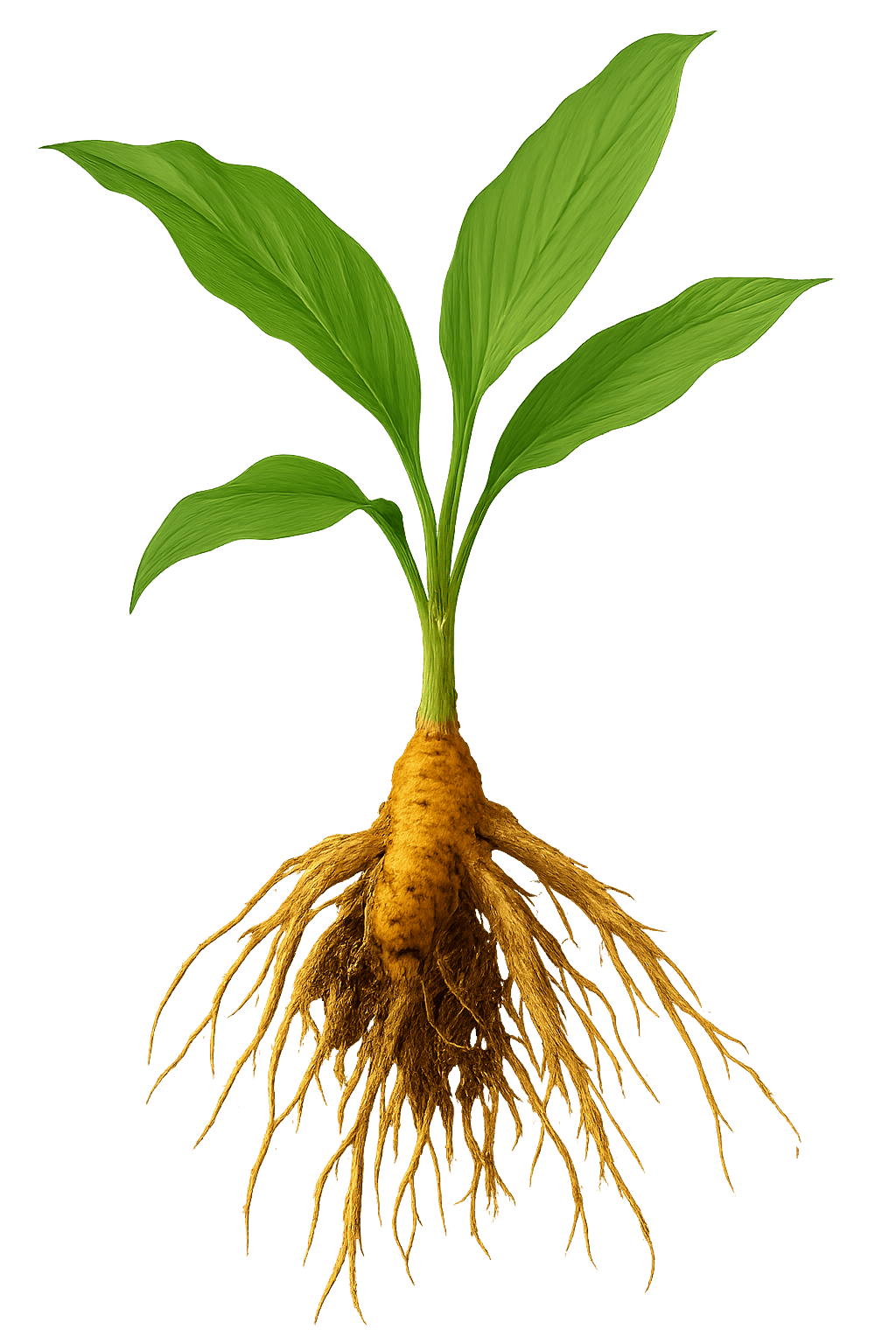
Curcuma longa
Turmeric is a commonly used blood-activating and stasis-removing Chinese medicinal herb, with effects of breaking blood and moving qi, unblocking meridians and stopping pain. Originating from India and Southeast Asia, now widely cultivated in Sichuan, Fujian, and Guangdong of China, it is an important blood-activating herb in traditional Chinese medicine and an important food spice.
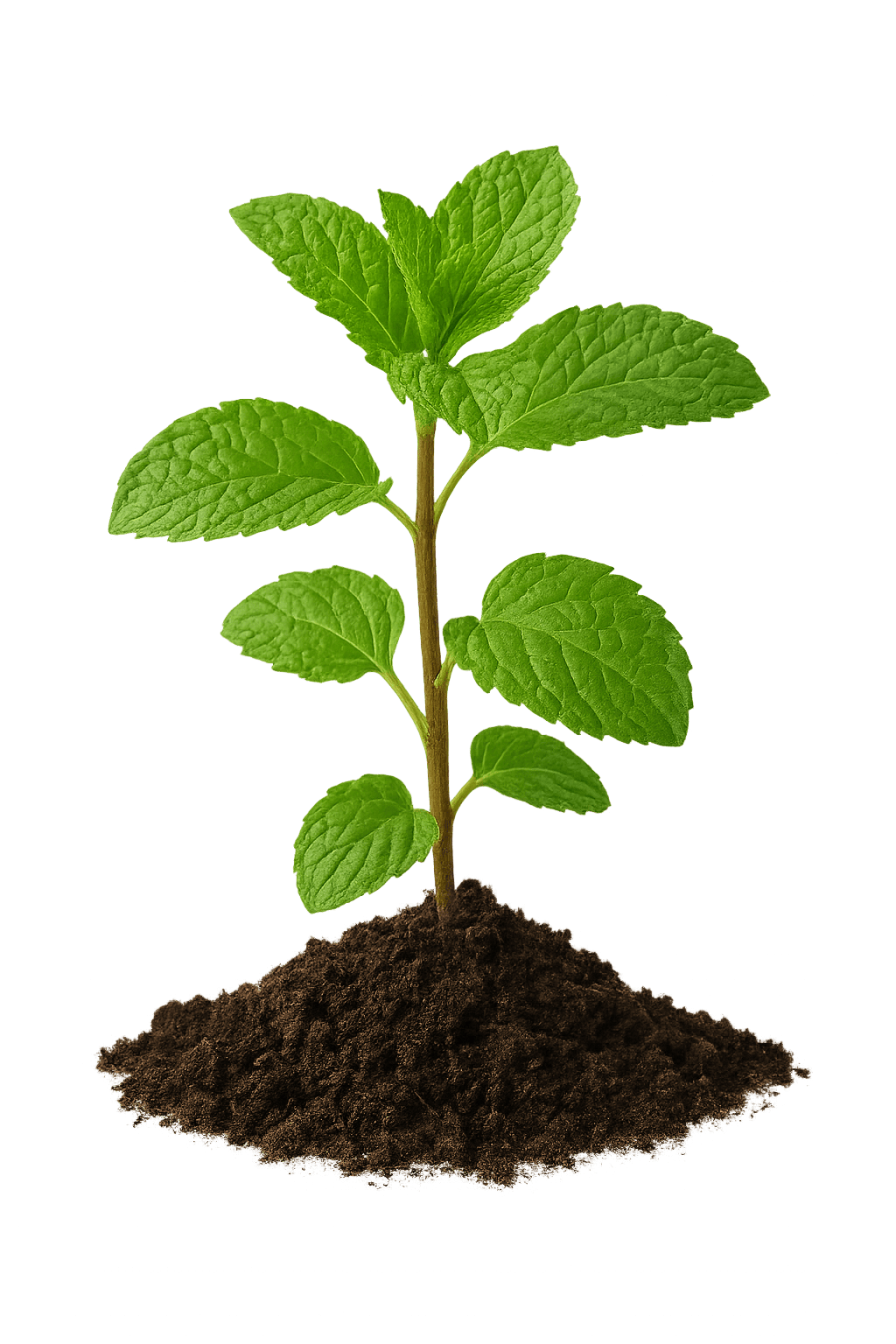
Mentha haplocalyx
Mint is a commonly used exterior-releasing Chinese medicinal herb, with effects of dispersing wind-heat, clearing head and eyes, benefiting throat and promoting rash eruption, soothing liver and moving qi. Widely distributed throughout China, it is a commonly used cool exterior-releasing herb in traditional Chinese medicine, and also an important spice and food additive.
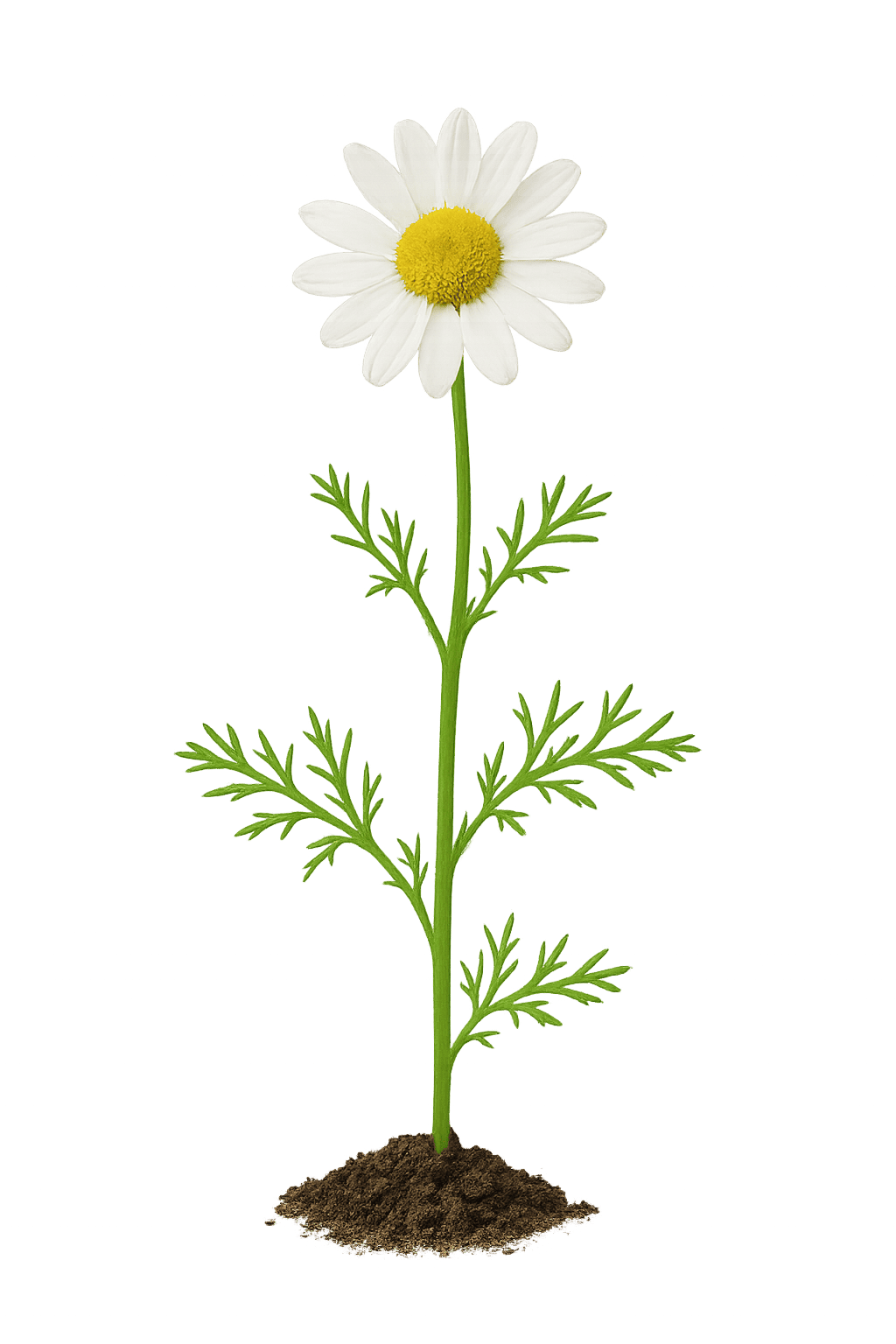
Matricaria chamomilla
Chamomile is a commonly used medicinal plant with effects of sedating and calming the mind, anti-inflammatory and reducing swelling, relieving spasm and pain. Originating from Europe, now widely cultivated worldwide, it is one of the most important medicinal plants in traditional Western herbal medicine and a famous herbal tea ingredient.
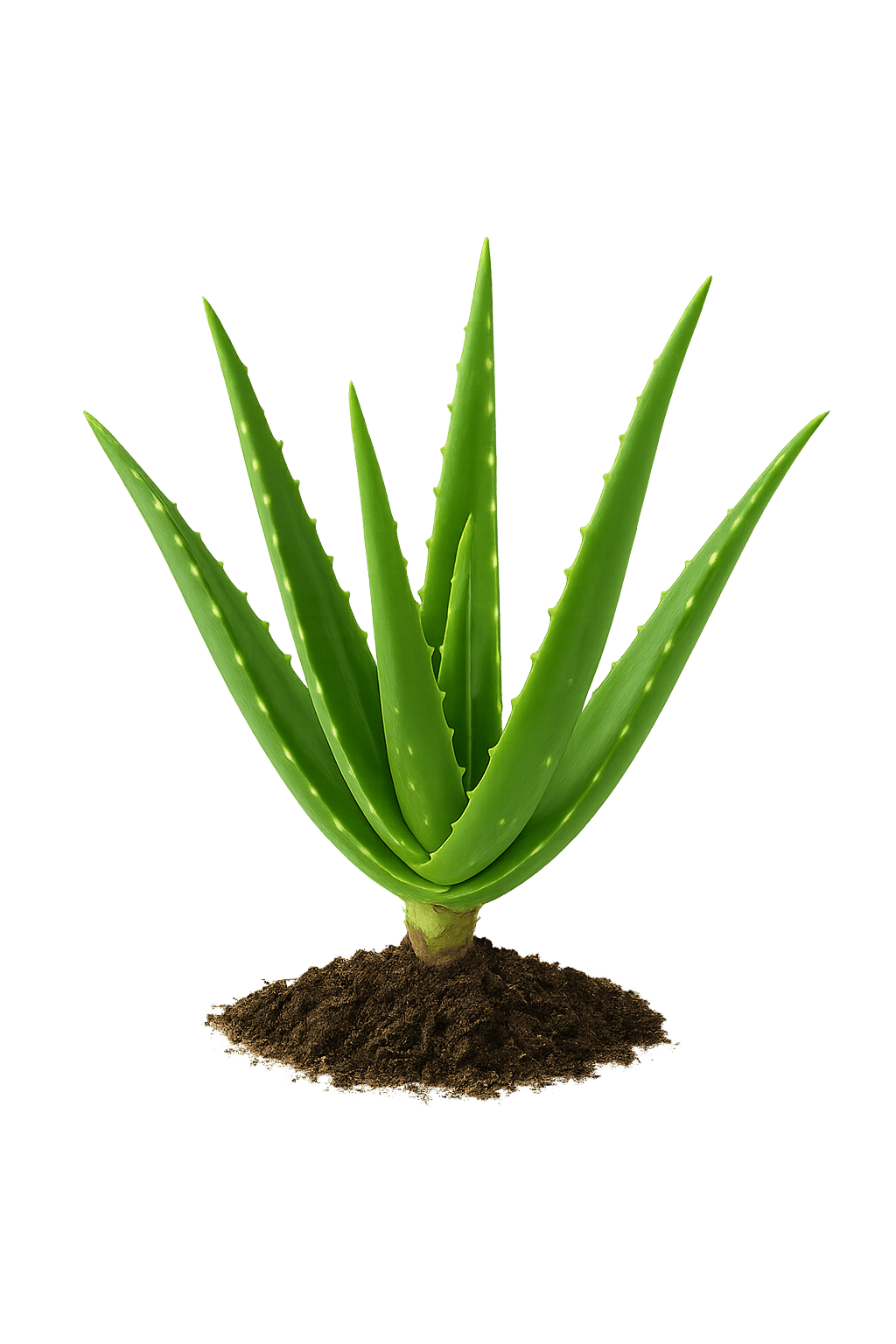
Aloe vera
Aloe vera is a common medicinal plant with heat-clearing, detoxifying, laxative, and beauty-enhancing properties. Originating from tropical Africa, now widely cultivated worldwide, it is a traditional medicinal plant and an important raw material for modern cosmetics and health products.
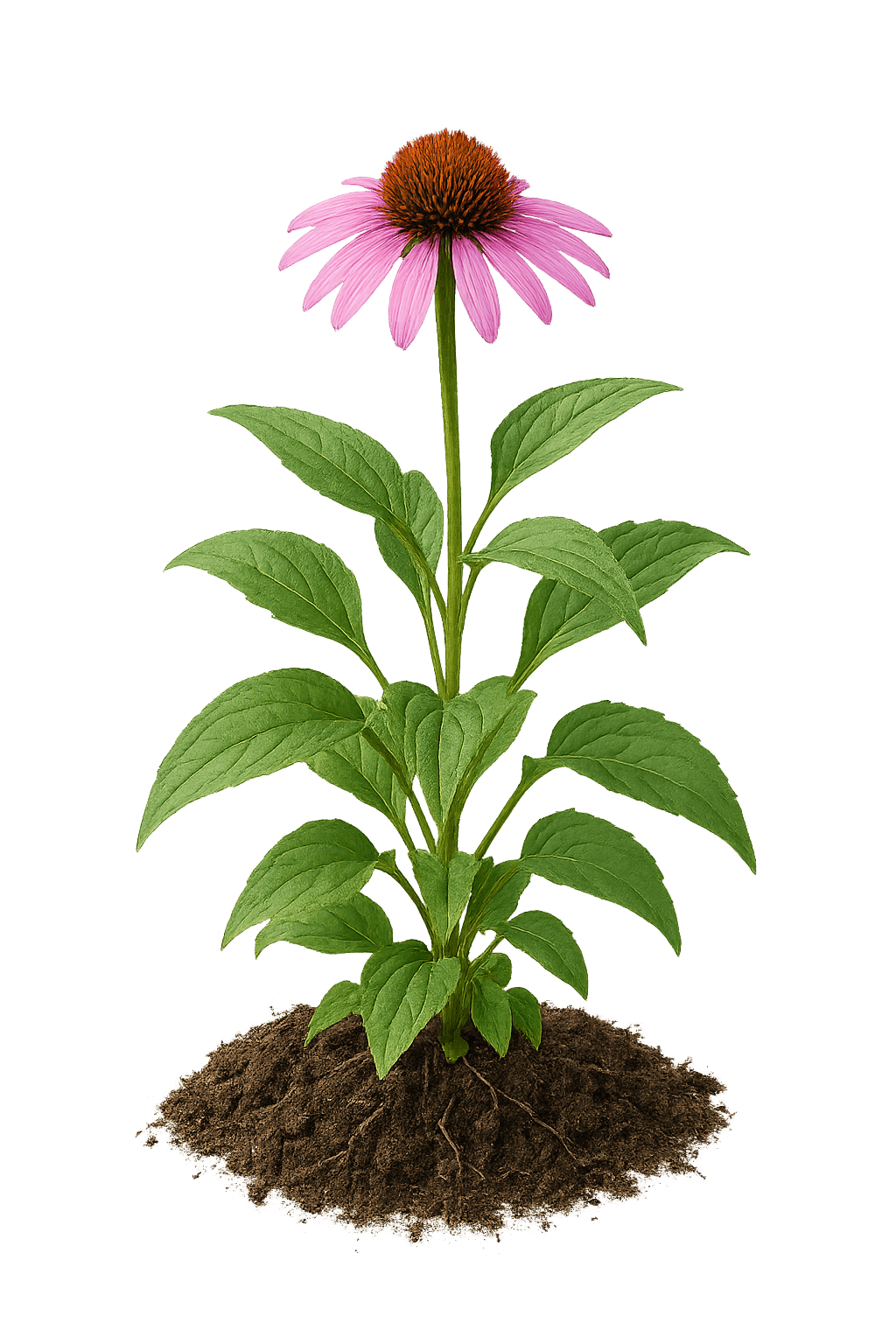
Echinacea purpurea
Echinacea is a famous immune-boosting herb with immune-enhancing, antiviral, and anti-inflammatory properties. Originating from North America, now widely cultivated worldwide, it is the most important immune-modulating herb in Western herbal medicine, commonly used to prevent and treat colds.
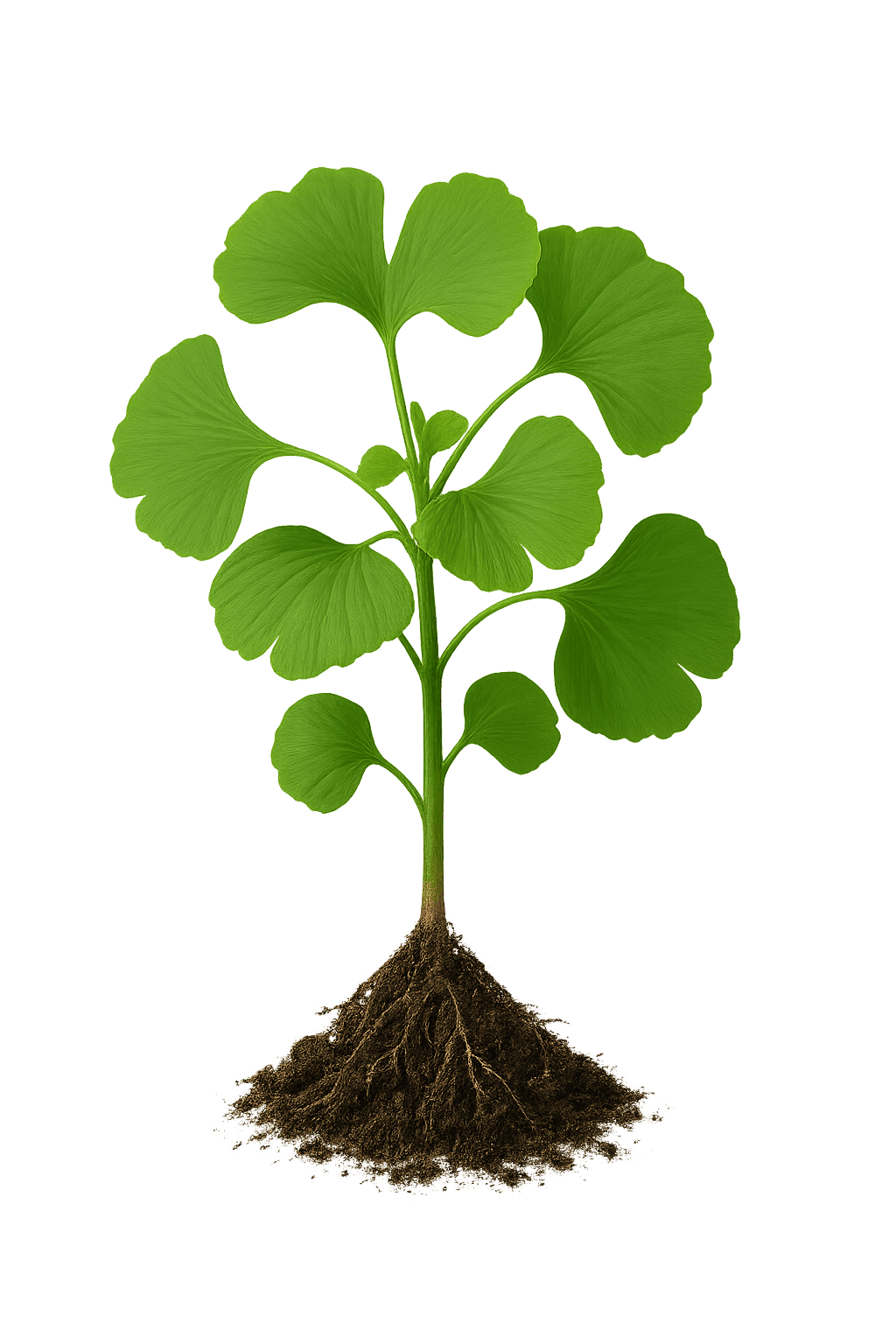
Ginkgo biloba
Ginkgo is an ancient medicinal plant with blood-activating, memory-improving, and cardiovascular-protective properties. Known as a living fossil, it is one of the oldest tree species on Earth, widely distributed throughout China, and an important herb in traditional Chinese medicine.
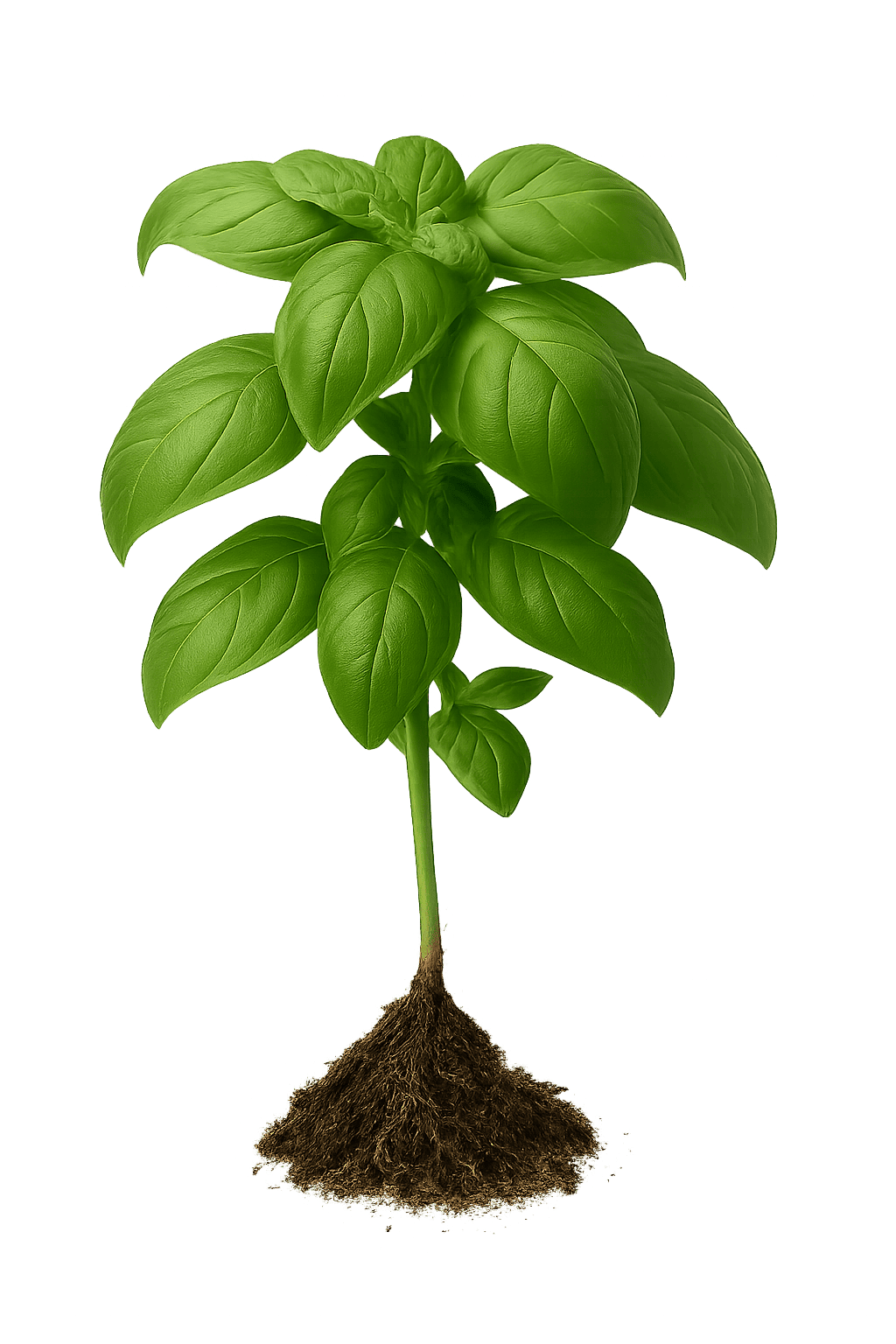
Ocimum sanctum
Holy Basil is a traditional Indian herb with stress-relieving, antioxidant, and immune-boosting properties. Known as the King of Herbs, it holds an important position in Indian Ayurvedic medicine, now widely cultivated in tropical and subtropical regions.
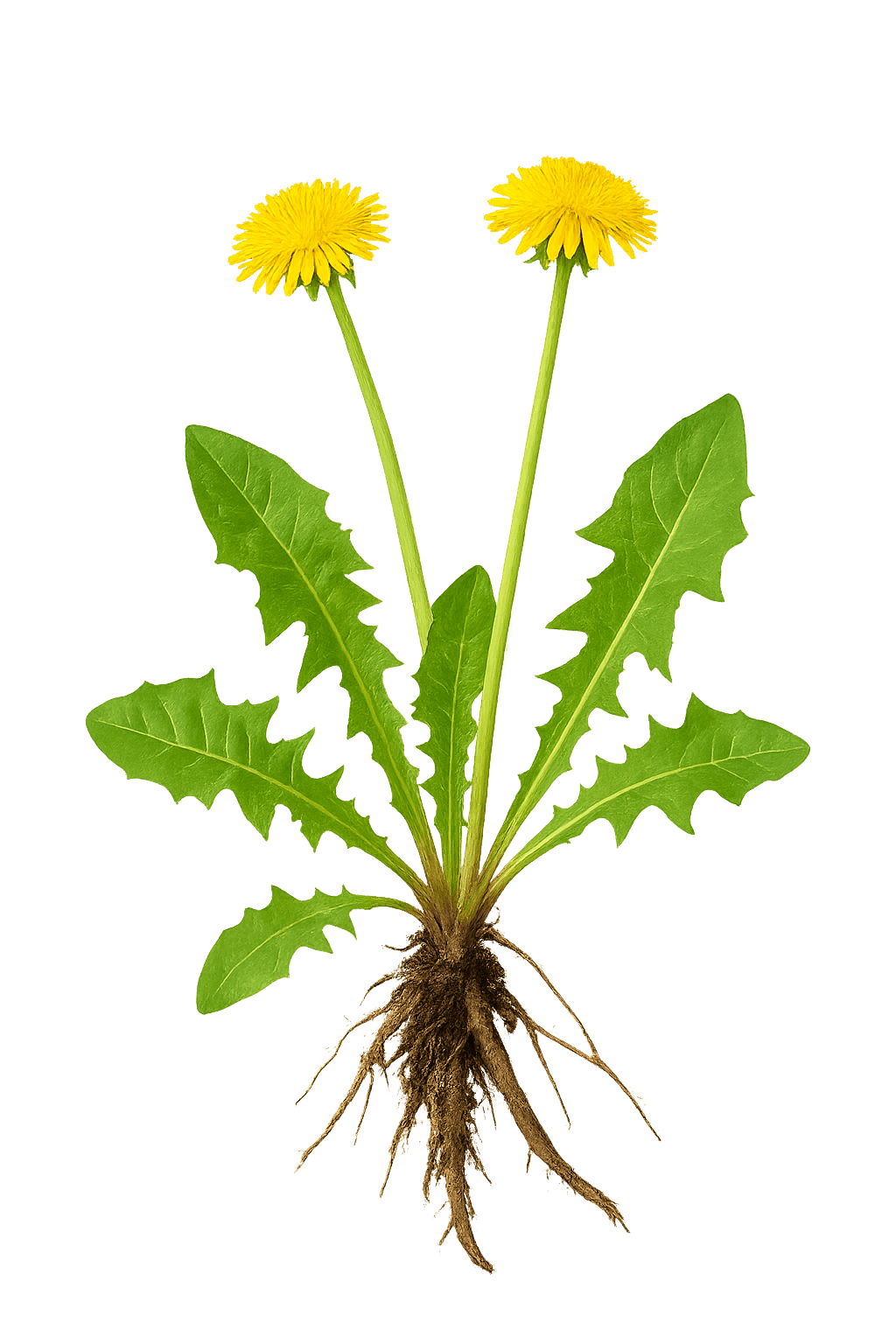
Taraxacum mongolicum
Dandelion is a commonly used medicinal herb known for its dual role as food and medicine. It has heat-clearing, detoxifying, diuretic, and anti-inflammatory properties. Widely distributed across China, it is an important herb in traditional Chinese medicine for clearing heat and toxins.
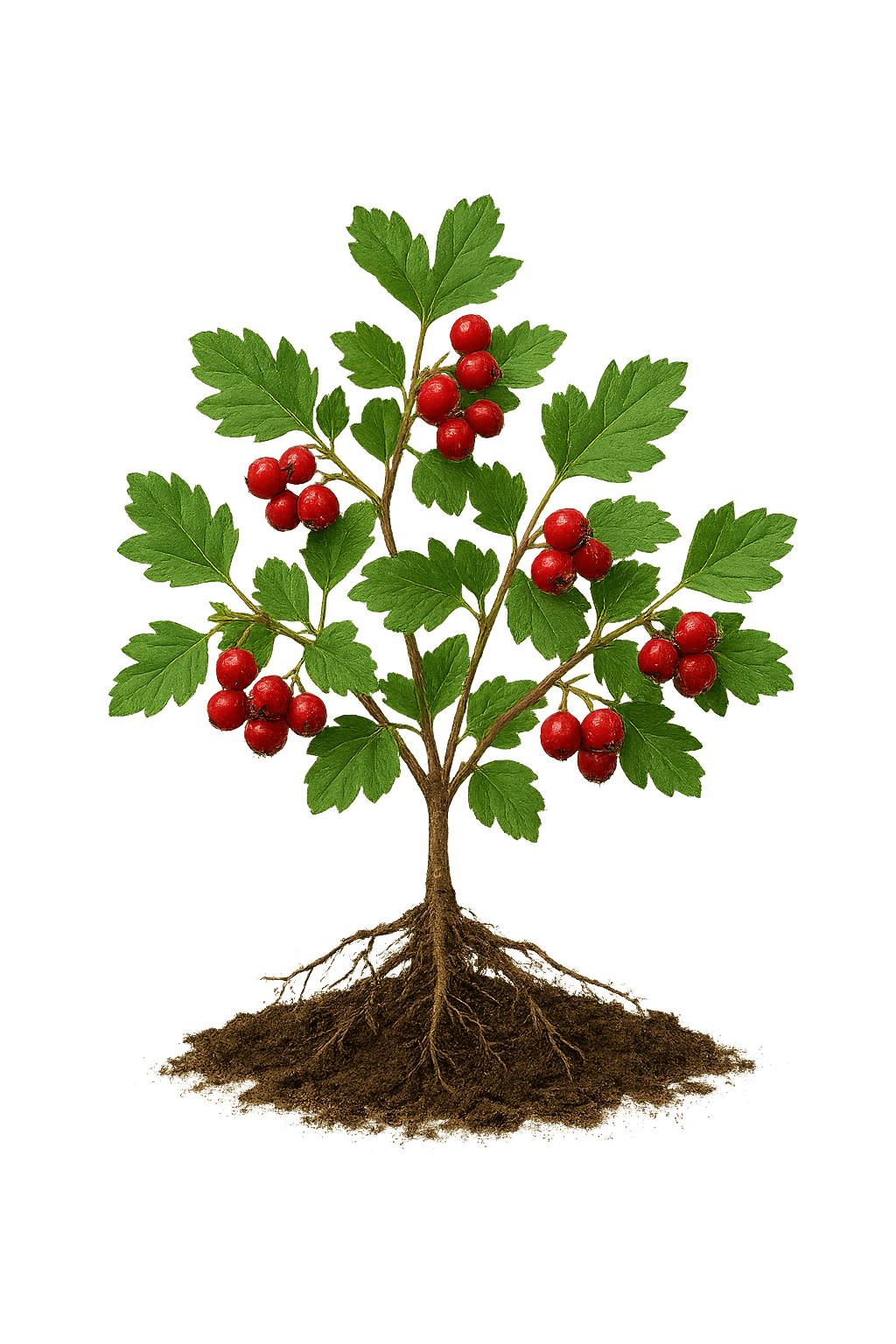
Crataegus pinnatifida
Hawthorn is a commonly used digestive herb with properties that aid digestion, promote blood circulation, and support cardiovascular health. Widely distributed in northern China, it is an important herb in traditional Chinese medicine for digestive and cardiovascular wellness.
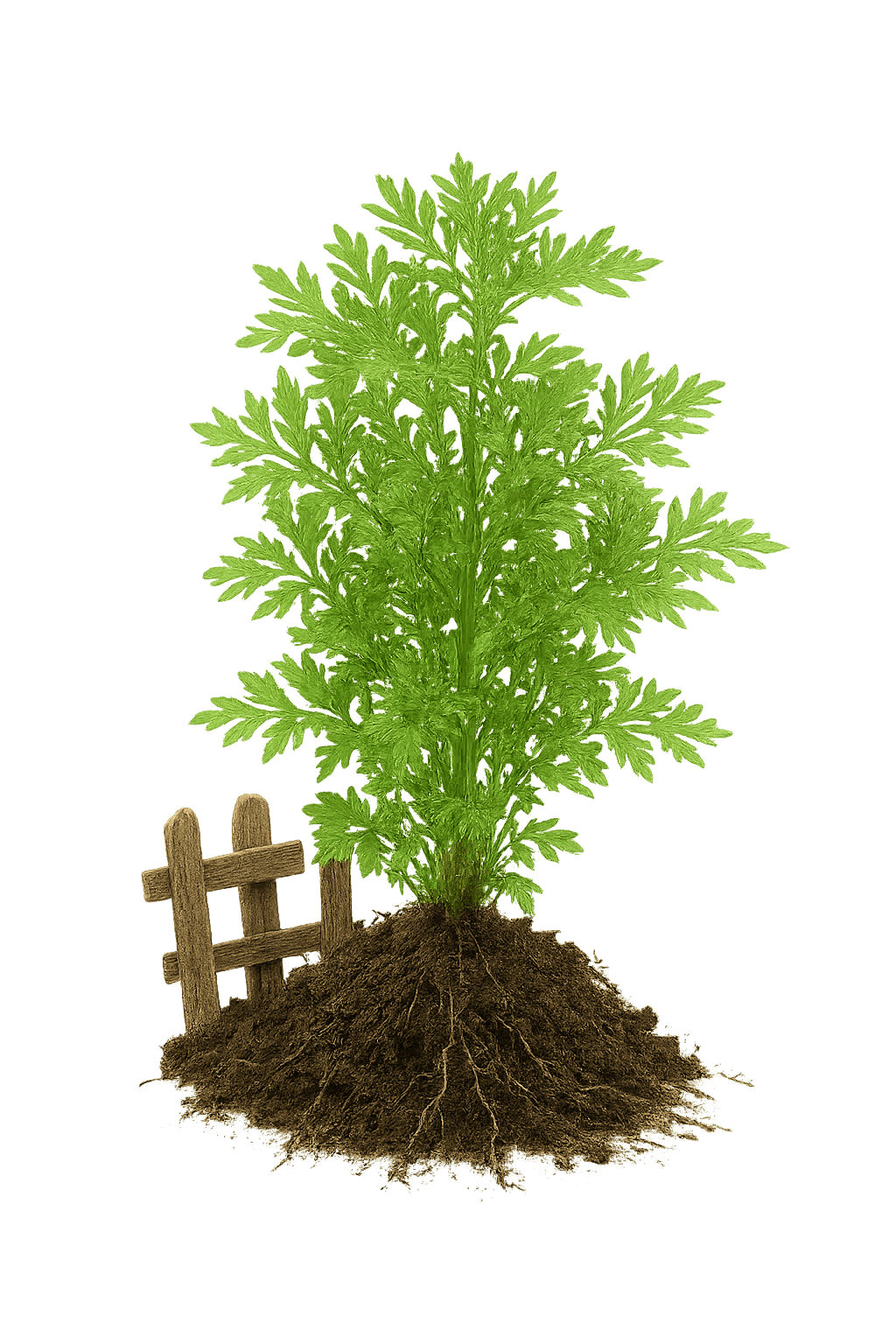
Artemisia annua
Sweet Wormwood is an important antimalarial herb containing artemisinin. It has heat-clearing, fever-reducing, and anti-inflammatory properties. Widely distributed across China, it is a crucial herb in traditional Chinese medicine for treating malaria, recognized with a Nobel Prize.